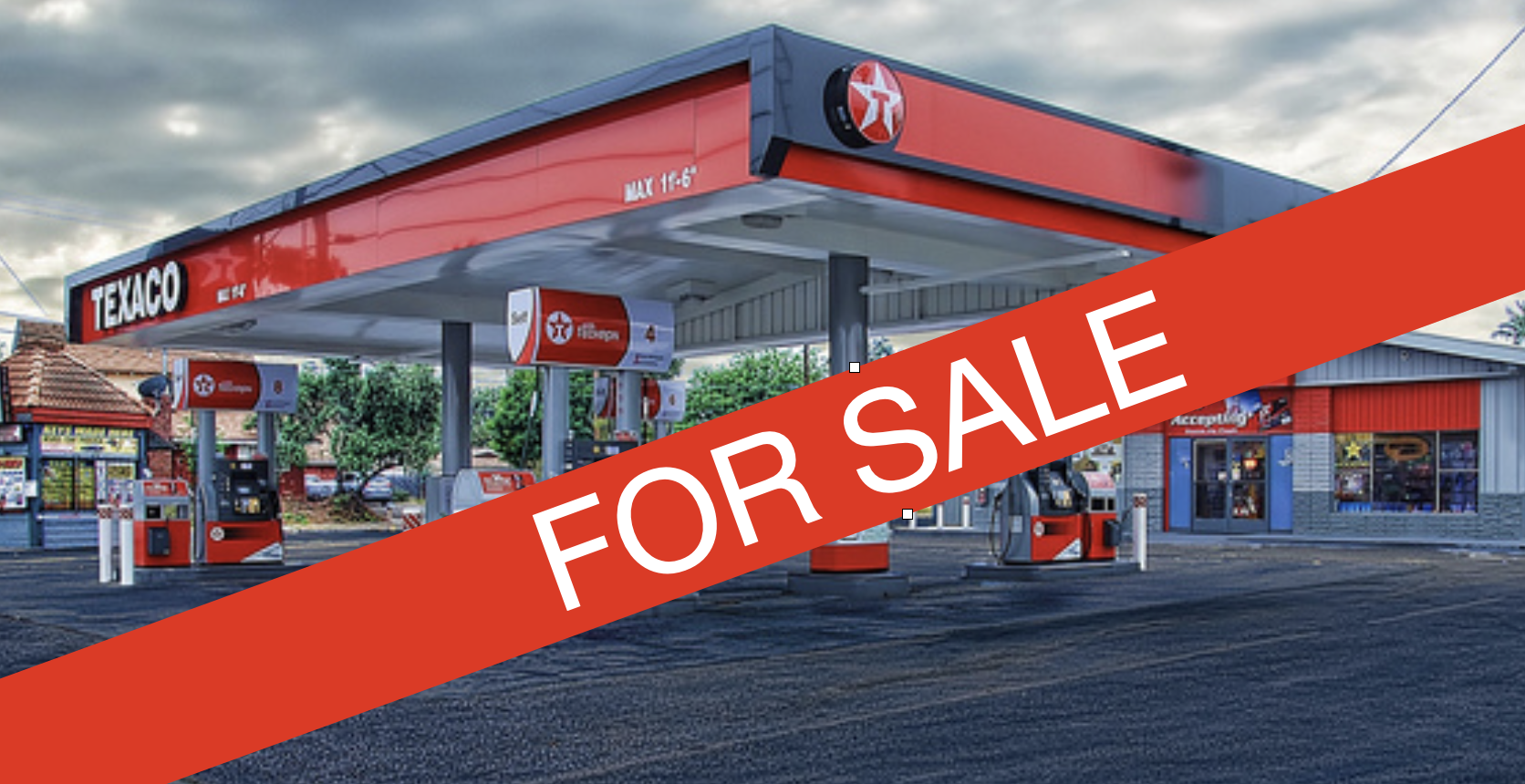by Anastasi Michailidis on October 5 2023.
Gas stations, once synonymous with simple pit stops for refueling, are undergoing a significant transformation in response to evolving consumer preferences and the emergence of formidable competitors. In today’s market, suppliers are reinventing the gas station experience, offering a larger format store with a plethora of choices, hot food meals, extensive wine selections, and an array of profit centers. While these innovations create exciting opportunities, they also pose challenges to smaller, traditional gas stations, especially when new players enter the arena with massive stores ranging from 10,000 to 30,000 square feet and numerous fueling centers.
The Future Gas Station Experience
Gas station suppliers are investing in larger format stores that provide a one-stop-shop experience for customers. These modern gas stations feature:
- **Expanded Retail Spaces**: With larger formats, gas stations can accommodate a wider range of products and services. They go beyond selling fuel to offer an extensive selection of convenience items, groceries, and even luxury goods.
- **Hot Food Offerings**: Gas stations now feature food service offerings with a variety of hot meals, snacks, and beverages. This shift taps into the growing consumer demand for quick, convenient, and quality food options.
- **Enhanced Wine Selections**: Gas stations are becoming destinations for wine enthusiasts, with curated selections that rival traditional liquor stores. This caters to consumers seeking convenience without sacrificing quality.
- **Diverse Profit Centers**: Beyond fuel and retail, gas stations now include various profit centers like car washes, propane refills, and auto maintenance services. These additional revenue streams bolster profitability.
- **Package Delivery and Pickup Services**: Gas stations are increasingly serving as pickup and drop-off locations for e-commerce deliveries. This draws in foot traffic and creates an additional income source.
Challenges for Smaller Stores
The shift towards larger format, one-stop-shop gas stations presents several challenges for smaller, traditional stores:
- **Limited Space**: Smaller gas stations often have limited land available for expansion, making it difficult to compete with larger competitors offering expansive retail spaces.
- **Competitive Disadvantage**: With their smaller footprint, these stores may struggle to match the product variety and services offered by larger competitors.
- **Market Entry by Big Players**: New players entering the market with massive stores ranging from 10,000 to 30,000 square feet and numerous fueling centers can create fierce competition, potentially overshadowing smaller establishments.
- **Resource Allocation**: Smaller gas stations may find it challenging to invest in the infrastructure required for hot food preparation, extensive wine selections, and other amenities.
Adaptation and Survival
While smaller gas stations face unique challenges, they can still thrive in this evolving landscape:
- **Differentiation**: Smaller stations can focus on niche markets, offering personalized service, unique product selections, or locally-sourced goods to set themselves apart from larger competitors.
- **Partnerships**: Collaborating with delivery services and becoming pickup points for online orders can attract customers to smaller stations.
- **Efficiency**: Smaller stations can focus on operational efficiency to maximize their limited space and resources, ensuring a seamless and convenient experience for customers.
- **Technology Integration**: Implementing digital solutions, such as mobile apps for pre-ordering food or scheduling car maintenance, can help level the playing field.
Takeaways
The gas station industry is evolving rapidly, with larger format stores offering an array of services to meet changing consumer demands. Smaller, traditional gas stations must adapt to this new reality, focusing on differentiation, efficiency, and innovation to remain competitive. While new players with massive stores pose challenges, smaller stations can leverage their unique strengths and embrace technology to continue serving their communities effectively. The gas station of the future may be larger and more diverse, but there is still a place for smaller, nimble operators willing to innovate and cater to their local markets.
| READ MORE ON OUR WEBSITE |

